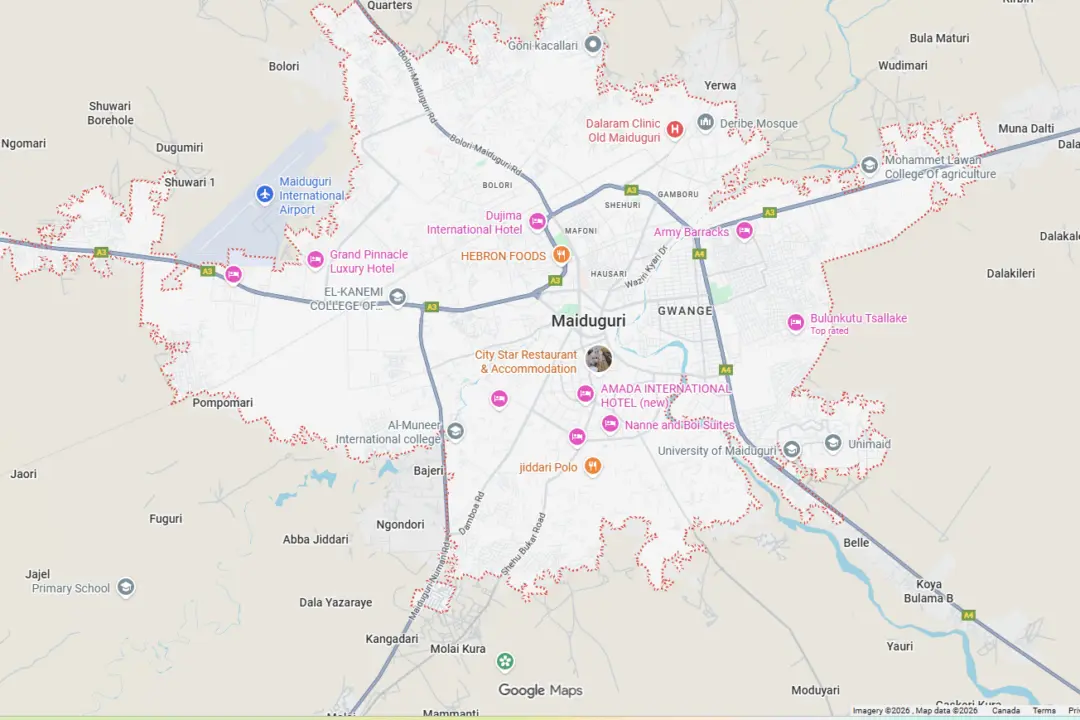SEOUL—South Korea and the United States have agreed to revise their joint missile guidelines to facilitate South Korea’s plans to build a spy satellite by easing rules on rocket propellants, Deputy National Security Adviser Kim Hyun-Chong said on Tuesday.
Under the current guidelines, last amended in 2017, South Korea cannot build rockets using solid fuel engines, posing a setback for its plans to develop a military spy satellite by the late 2020s.





